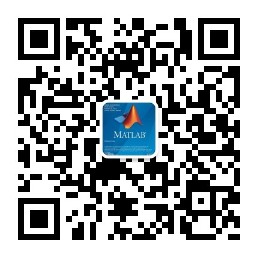博文
[转载]【信息技术】【2019.03】【含源码】智能交通系统中基于视觉的车辆检测与跟踪
||
本文为芬兰阿尔托大学(作者:Wencan Mao)的硕士论文,共87页。
本文旨在实现智能交通系统中基于视觉的车辆检测与跟踪。首先介绍了车辆检测与跟踪的方法。其次,建立了系统的传感器融合框架,包括动态模型和传感器模型。然后,利用驾驶模拟器对交叉路口的交通场景进行模拟,研究对象为一辆汽车,交通场景较为理想。将YOLO神经网络应用于图像序列的车辆检测。利用卡尔曼滤波法、扩展卡尔曼滤波法和粒子滤波法进行车辆跟踪比较。以下是在多辆车同时存在的情况下进行的实际实验,交通场景是在现实生活中存在各种干扰因素的情况下进行的。采用YOLO神经网络和OpenCV相结合的方法实现了车辆实时检测。将卡尔曼滤波和扩展卡尔曼滤波应用于车辆跟踪,提出了一种解决车辆遮挡问题的辨识算法。采用变量控制方法分析了过程噪声和测量噪声的影响。此外,还说明并实现了透视变换,以将坐标从图像平面转换到地平面。如果能够实现基于视觉的车辆检测与跟踪,并在日常生活中推广应用,可以实现基础设施、车辆和用户之间的车辆信息共享,从而在智能交通系统内部实现数据交互。
This thesis aims to realize vision-basedvehicle detection and tracking in the Intelligent Transportation System. First,it introduces the methods for vehicle detection and tracking. Next, itestablishes the sensor fusion framework of the system, including dynamic modeland sensor model. Then, it simulates the traffic scene at a crossroad by adriving simulator, where the research target is one single car, and the trafficscene is ideal. YOLO Neural Network is applied to the image sequence forvehicle detection. Kalman filter method, extended Kalman filter method, andparticle filter method are utilized and compared for vehicle tracking. TheFollowing part is the practical experiment where there are multiple vehicles atthe same time, and the traffic scene is in real life with various interferencefactors. YOLO Neural Network combined with OpenCV is adopted to realizereal-time vehicle detection. Kalman filter and extended Kalman filter areapplied for vehicle tracking; an identification algorithm is proposed to solvethe occlusion of the vehicles. The effects of process noise as well asmeasurement noise are analysed using variable-controlling approach.Additionally, perspective transformation is illustrated and implemented totransfer the coordinates from the image plane to the ground plane. If thevision-based vehicle detection and tracking can be realized and popularized indaily lives, vehicle information can be shared among infrastructures, vehicles,and users, so as to build interactions inside the Intelligent TransportationSystem.
1 引言
2 研究方法
3 本文数学框架
4 车辆检测与跟踪仿真
5 实际实验
6 讨论
7 结论
附录1 识别算法
附录2 用于跟踪实验的卡尔曼滤波器
附录3 用于跟踪实验的扩展卡尔曼滤波器
附录4 用于跟踪仿真的粒子滤波器
附录5 透视变换
更多精彩文章请关注公众号:
https://blog.sciencenet.cn/blog-69686-1215263.html
上一篇:[转载]【计算机科学】【2017.12】图像分类与回归的深度神经网络模型
下一篇:[转载]【计算机科学】【1991.09】人工神经网络的理论与应用